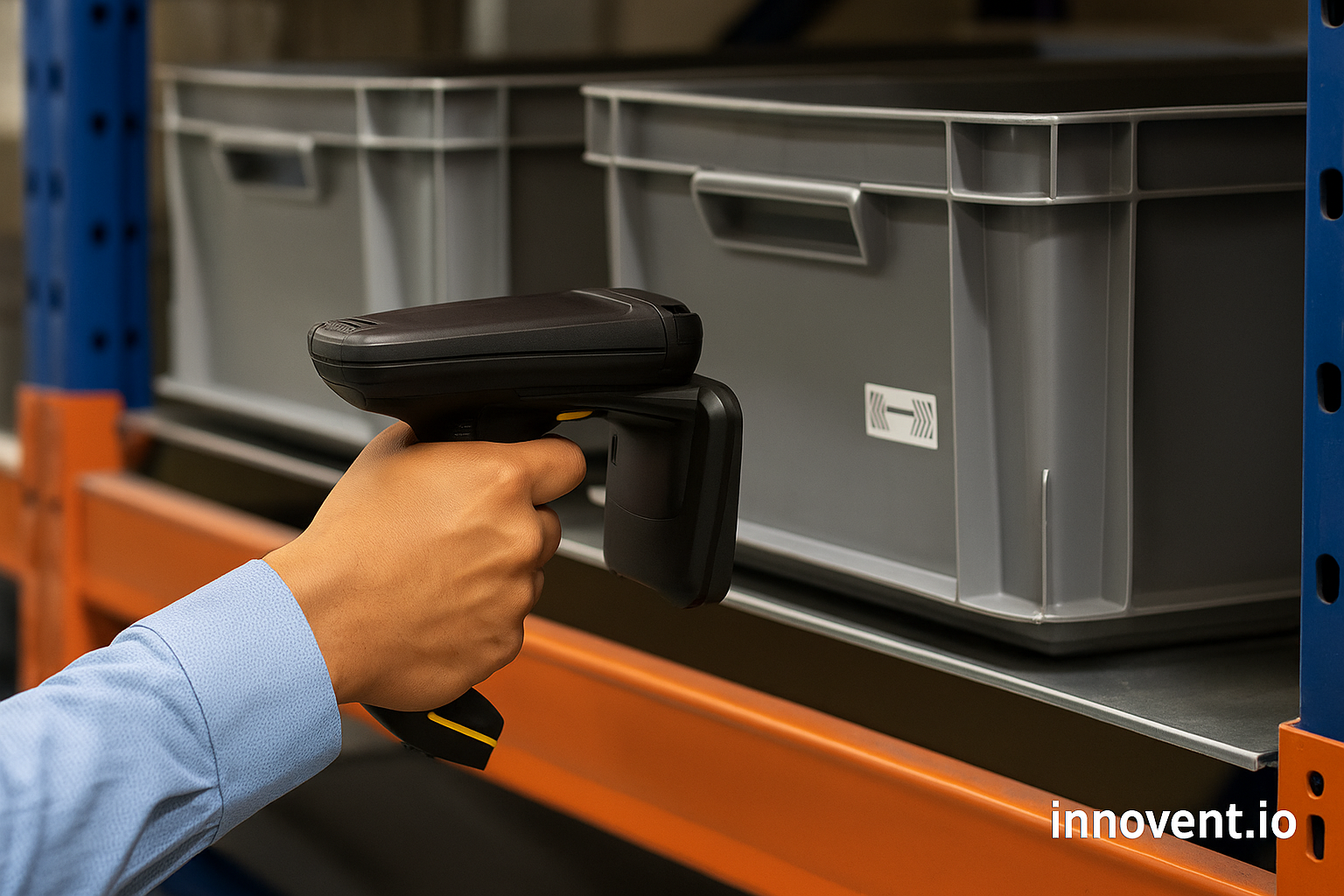The Complete Guide to RFID Asset Tracking for UAE Companies
A few years ago, a mid-sized company in Abu Dhabi ran into a common problem. They had just opened a new satellite office and moved a good amount of IT equipment over. When they did their next quarterly audit, several laptops and monitors couldn’t be found. No theft. No bad intentions. They were just... gone. Moved to the wrong place, never logged properly, and forgotten.
That’s how most companies in the UAE first start looking into RFID asset tracking. Not because of a big tech push, but because something simple goes wrong and wastes money or time.
If you’re in a similar boat and thinking about getting RFID in place, here’s what actually goes into it.

Start with one area that gives you the most trouble
You don’t need to tag everything you own from day one. That’s the fastest way to stall a good idea. The smart way is to pick one department or asset category that causes the most headaches. For some companies, it’s IT gear. For others, it's tools that keep getting lost on job sites. In retail, it could be high-value stock that’s easy to misplace or steal.
The good news is, it doesn’t take long to see value. Most companies report seeing audit accuracy go from around 63 percent to over 95 percent after using RFID. In some cases, it takes just 4 to 6 weeks to notice measurable improvements.
Choose the right type of RFID tags
Not all tags are the same. You’ve got passive tags, which are cheaper and smaller. These are great for general items that don’t need constant tracking. Passive RFID tags can cost as little as 30 fils each and still last several years.
Then there are active tags, which have batteries and send out signals. These are better for high-value items or equipment that moves between sites. Active tags can transmit over longer distances and often give real-time updates, which is useful in large-scale environments like ports or healthcare campuses.
There's also a middle option called semi-passive, which adds features like temperature monitoring. That’s especially useful in sectors like food logistics or pharmaceuticals where the condition of the item matters just as much as its location.
Set up readers where movement happens
You don’t need to fill every room with RFID readers. What matters most is catching items when they move. That’s usually at exits, entries, storage areas, or loading docks. Fixed readers can capture data automatically and continuously, while handheld readers are better for manual audits or checks.
Businesses that use both types often reduce audit time by as much as 70 percent, based on data from field deployments in the region.
Get your team used to the new system
Tech only works if people use it. Before launching RFID across your business, make sure the team involved in asset handling knows how it works. Keep it simple. Show them what a tag looks like, how it's scanned, and how the software tracks everything in one place.
In a recent case study, a hospital group in the UAE deployed RFID across more than 140 facilities and saw asset visibility rise by over 90 percent. They also reported shorter response times from staff during critical shifts, just by knowing where things were.
Find a provider that understands UAE operations
Every country has its quirks, and the UAE is no different. You may need multilingual support, integration with government systems, or compliance with local infrastructure standards. Look for providers who are already working with businesses in the UAE and understand how things work here.
Companies like Innovent have worked with hospitals, logistics providers, and retailers across the Emirates, helping them get systems live in a matter of days, not months. The faster the setup, the quicker you see ROI.
Start small, then scale when ready
Once your pilot runs well, it’s easy to scale up. You can expand to more departments, more assets, and more locations. The software usually grows with you, and most RFID platforms are designed to handle that kind of growth without needing a full restart.
A study covering multiple industries showed that businesses using RFID see inventory accuracy improvements of 20 to 30 percent, and labor savings of up to 25 percent. That adds up fast, especially for organizations handling thousands of items.
The biggest mistake companies make is thinking they have to do everything at once. You don’t. One good start is better than a perfect plan that never happens.
RFID isn’t about becoming a tech company. It’s about knowing where your stuff is, cutting back on wasted time, and avoiding the expensive problem of missing gear. For companies in the UAE, especially those working across multiple sites, that kind of control makes a real difference. You don’t need to overthink it. Just start where it hurts the most, and build from there.
References
- https://www.rfidjournal.com/articles/view?12223
- https://www.ecrloss.com/research/rfid-in-retail
- https://cpcongroup.com/rfid-for-asset-tracking-and-inventory-management
- https://www.rfcode.com/blog/it-asset-management-accuracy-financial-impact
- https://www.innovent.io/news/how-rfid-asset-management-can-reduce-losses-and-improve-efficiency
- https://altavantconsulting.com/rfid-technology-inventory-tracking








